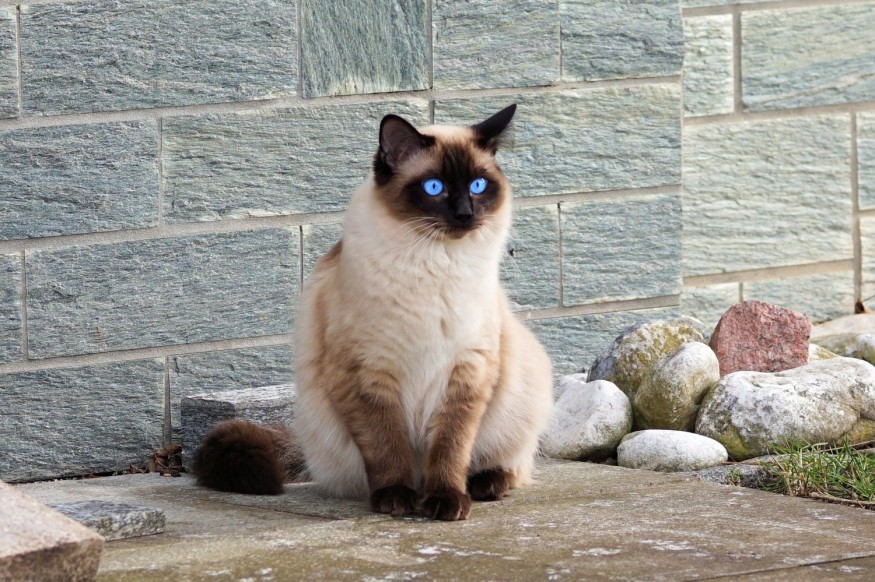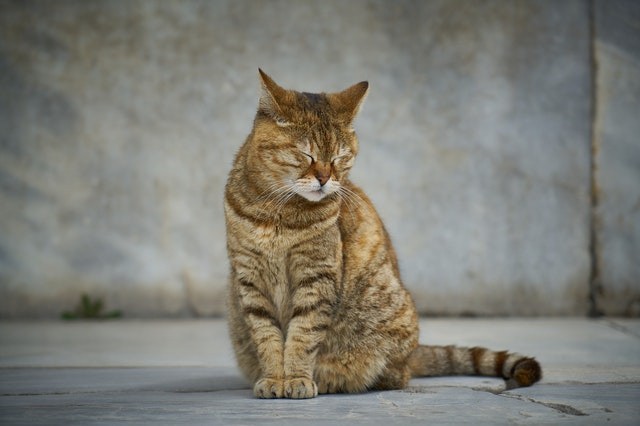Our feline friends definitely surprised us with their cleverness - they can get things, navigate obstacles that seem impossible to navigate, open doors, and even understand primary instructions (when they want to, anyway).

Visual Illusion
But sometimes they can be amusingly silly. Any cat enthusiast is used to their quirks, such as seemingly unending joy at throwing things off tables, and an inborn fondness for sitting in spaces that are enclosed.
The last-mentioned can be applicable even if that space is a two-dimensional outline of a square on the ground. In a pleasant citizen science study carried out during the COVID-19 pandemic, scientists made use of cats' desire to sit in enclosed spaces to carry out a test on how their little minds sense a visual illusion.
The study was fondly called... wait for it... "If I fits, I sits". The present illusion was the Kanizsa square: four shapes that is pacman-like initiated to look like they're setting up four corners of a square, making the viewer perceive a square that isn't truly there.
Such illusions take place when human brains fit visual information near preconceptions, possibly to fill in information that is missing. They're quite user-friendly for selecting predatory or food shapes concealed by foliage.
Also Read : There's Hope for Europe's Rarest Cat
Response of the Cats
Gabriella Smith, Cognitive ethologist from the City University of New York, and colleagues organized people to arrange floor objects for their feline lordlings to pick from - a taped square, a visual square illusion, and similar components as the visual illusion, but not displayed to make a square (the control).
The owners of the cats were required to film the response of the cats under favorable controlled conditions to prevent influencing the choices of the animal (this has to do with wearing sunglasses, too). While more than 500 pet cats were initially enrolled, the last data set decreased to 30 citizen experts who managed to finish all the necessary trials.
"The cats involve in this study sat or stood in the Kanizsa and square stimuli more frequently than the Kanizsa control, showing vulnerability to illusory contours and supporting the hypothesis that cats behave towards an illusory square as they do a real square," they discovered.

Previous Research
The scientists note that the study outcomes were restricted by the small final sample size, but their work contributes to past research that has discovered cats respond to visual illusions of contours; also, it's the first time this test was carried out on cats in an environment they are familiar with.
That could be a useful detail because cats in general hate being in new environments - like a laboratory - so they're more likely to exhibit their natural behaviors while at home. Gaining an understanding of how animals perceive visual illusions like this could assist researchers to make comparisons of their vision across diverse species without needing language they don't have.
Related Article : Cats Can Interpret Their Owner's Emotions, New Study Reveals
For more news, updates about cats and similar topics don't forget to follow Nature World News!
© 2025 NatureWorldNews.com All rights reserved. Do not reproduce without permission.





